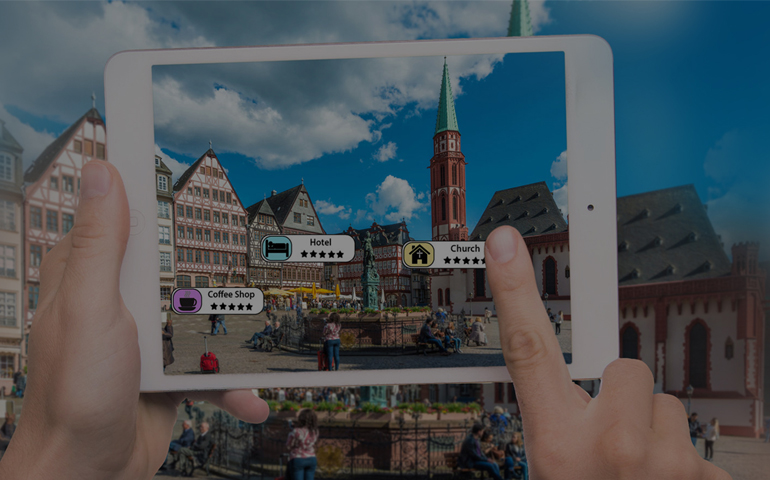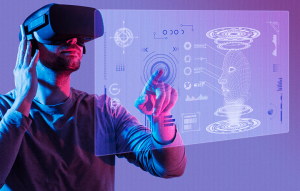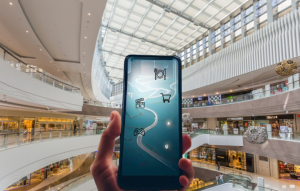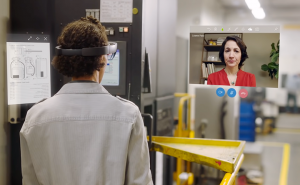Augmented & virtual reality is still a relatively new technology that is yet to find a good home in our enterprise budgeting. You’ll be surprised to find that the concept of AR & VR has existed since the 1950s and we have seen them in various ways within sci-fi movies. Either its holograms in Star Wars or AR face display in Iron Man, numerous use cases exists. But technology evolves at a much slower rate compared to our imagination.
Recently we have seen a massive amount of curiosity developing within enterprises, thanks to some top IT companies investing in the development of AR technology. Apple has recently included ARKit within its framework to help developers easily create AR experiences and Google is doing the same with ARCore. Question remains – where to start?
If you are looking to adopt augmented reality you have to ask a few questions.
1) Who is your target audience?

Customers: When the audience you are planning to engage in an AR experience are consumers, it by default shortlists the type of devices to mobile. Everyone has smartphones; either Android or iOS and they are powerful enough for augmented reality. The type of AR experience is either a product showcase, short games, or some type of AR advertisement connected to a loyalty program. AR is allowing end users to experience product & services in a more meaningful and fun manner. This leads to increase in sales & promotion of a particular brand.

Field workforce: Having AR based solution for field workers can very much streamline the process and cut down on service time. One of the prime examples is using it for maintenance training and field service operations. AR gives technicians the ability to follow certain procedures, which is shown, virtually via an AR headset or mobile devices. AR glasses are also being used massively in warehouse operations in a hands-free manner to scan packages, sign-off task lists, location tracking of packages etc.

Internal workforce: With Industrial IoT (IIoT) gaining importance in the last five years, remote monitoring has become very crucial. Downtime that used to cause significant loss to companies, has come down with the proper implementation of IIoT. Now with smart glasses like ODG and Daqri we can easily see the running status of a particular machine just by scanning a marker on them and run inspections. This hands-free approach again saves crucial time.
2) Which AR devices to opt for?
One of the key ingredients in having a successful implementation of AR includes choosing the right device for your end users. This is very easy when it comes to your customers. No matter if you are trying to reach out to a niche community or a massive audience, a mobile first strategy has to be applied and upon successful implementation, the same experience can be developed for another platform.
Firstly, we are well aware that everyone has a smartphone (Android or iOS phone), therefore your customer doesn’t need to invest in any new technology. Secondly, both are capable enough to handle AR if not natively then through various third party SDKs as well in order to create a unique experience. Last but not the least, you don’t have to train them to use an AR app on mobile, it’s just like any other mobile app.
However, when it comes to your workforce, any good AR app developer will tell you that there are plenty of options available in the market that will suit your needs but will also confuse you. There are very basic smartglasses that scan items as well as powerful heads-up display that make you feel like you are wearing Mach 1 Iron Man suit. Therefore it all boils down to the use case you have, investment you are willing to make & KPIs you are going to measure. Once you have defined these three items, you will surely be able to shortlist up to two to three devices.
What’s next?
If you would like to discuss your AR concept with Softweb Solutions, here is how we work –
• We discuss initial concept and define business objectives
• Check the feasibility vs the current technology (imagination = speed of light)
• Create detailed feature listing (it can also be phase-wise approach)
• Decide device(s) to implement on
• Proposal (estimate + timeline)
• Project kick-off
In an ideal scenario, this whole process doesn’t take more than two weeks to complete. Connect with us today and we can water those AR seeds in your mind. Discussion doesn’t cost a thing at Softweb.
Abhi Srivastava is a solutions manager at Softweb Solutions. He specializes in augmented/virtual reality and enterprise mobility.









